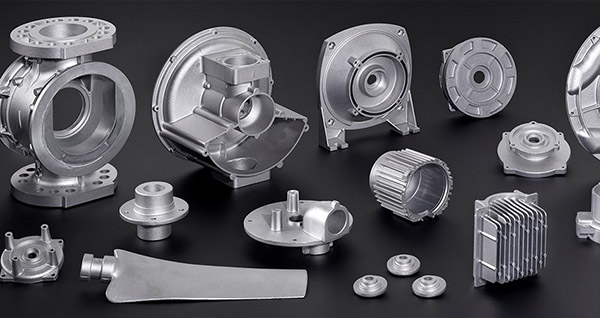Diecasting: The Backbone of Precision Manufacturing
Diecasting: The Backbone of Precision Manufacturing
Blog Article
Diecasting is an essential process within modern manufacturing. It has the most important role in making sophisticated metal parts with precision and efficacy. It involves pushing molten metal under high pressure into a mold, resulting in parts that boast superior dimensional accuracy as well as excellent surface finishes. With the development of industries and the demand for high-quality components increases, diecasting continues to demonstrate its worth particularly in areas that need large-scale production of complex parts. This article focuses on the diecasting process along with its pros and cons, various material choices, and its extensive use across different sectors.
Diecasting begins by creating an mold, also known as a"die," which is usually made of toughened steel. The mold is constructed to withstand high pressures and temperatures involved in the process. When the mold is finished to be used, the molten material, generally made up of aluminum, magnesium, zinc, or copper, is heated until it reaches the state of liquid and injected into the mold cavity under high pressure. The pressure remains constant until the metal has cooled, ensuring that the molten metal is able to fill every area of the mold, with intricate detail and the thin walls. When the metal has cool and formed, the mold is open, and the final component is removed. This method allows for high accuracy and consistency with the manufacture of metal components.
One of the main benefits of diecasting is the ability to manufacture parts with high quality and precision and smooth surface surfaces. Diecasting with high pressure ensures the molten material is perfectly shaped to molds, resulting in parts that require minimal machining or finishing. This precision is especially beneficial when it comes to creating complex geometries or thin-walled segments that are difficult or impossible to attain by other processes of manufacture. Diecasting also produces parts with tight tolerances and high repeatability, which makes it ideal for mass production. The efficiency of the process will also lead to savings in costs because the higher production rates reduce labor costs and waste material.
Diecasting is also a great method of producing pieces with outstanding mechanical characteristics. Its rapid cooling of liquid metal that is formed during the casting process produces fine grain structure that increases the toughness and endurance of the final product. These components are suitable for applications that require high performance and reliability. As an example, in the automobile industry, diecast parts are used for transmissions, engines, and structural elements, where their weight-to-strength ratio plays a crucial role for safety and vehicle efficiency. Similar to the aerospace sector diecast components aid in the development of lightweight yet sturdy structures that are essential to optimizing performance and efficiency in fuel consumption. To obtain more details kindly visit Senadiecasting
The versatility of diecasting extends to a wide array of applications. For instance, in the automobile industry diecast parts are found in transmissions, engines, as well as structural components, which contribute to more efficient and lighter vehicles. For electronics, diecasting is used to create housings and heat sinks and connectors. This ensures optimal temperature management and long-lasting. Household appliances, power tools and even toys profit from diecasting's precision and efficiency in the production of components that range from knobs and handles all the way up to inner mechanisms. The ability of the process to work with different metals and its ability to create parts that have intricate design make it suitable for numerous sectors, each benefiting from the distinctive advantages that diecasting offers.
Diecasting is a vital manufacturing process that allows for the creation of precision, high-quality metal parts across an array of different industries. Its ability to create complicated shapes, with precise tolerances, smooth surfaces makes it indispensable for applications with intricate specifications and consistent quality. Efficiency and value-for-money of diecasting also make it attractive as it supports mass production while maintaining the highest quality. As the technology evolves and the need for high-quality robust, lightweight and long-lasting components expands, diecasting will continue to be a key component in modern manufacturing. This will lead to the development of new technologies and a higher level of production.